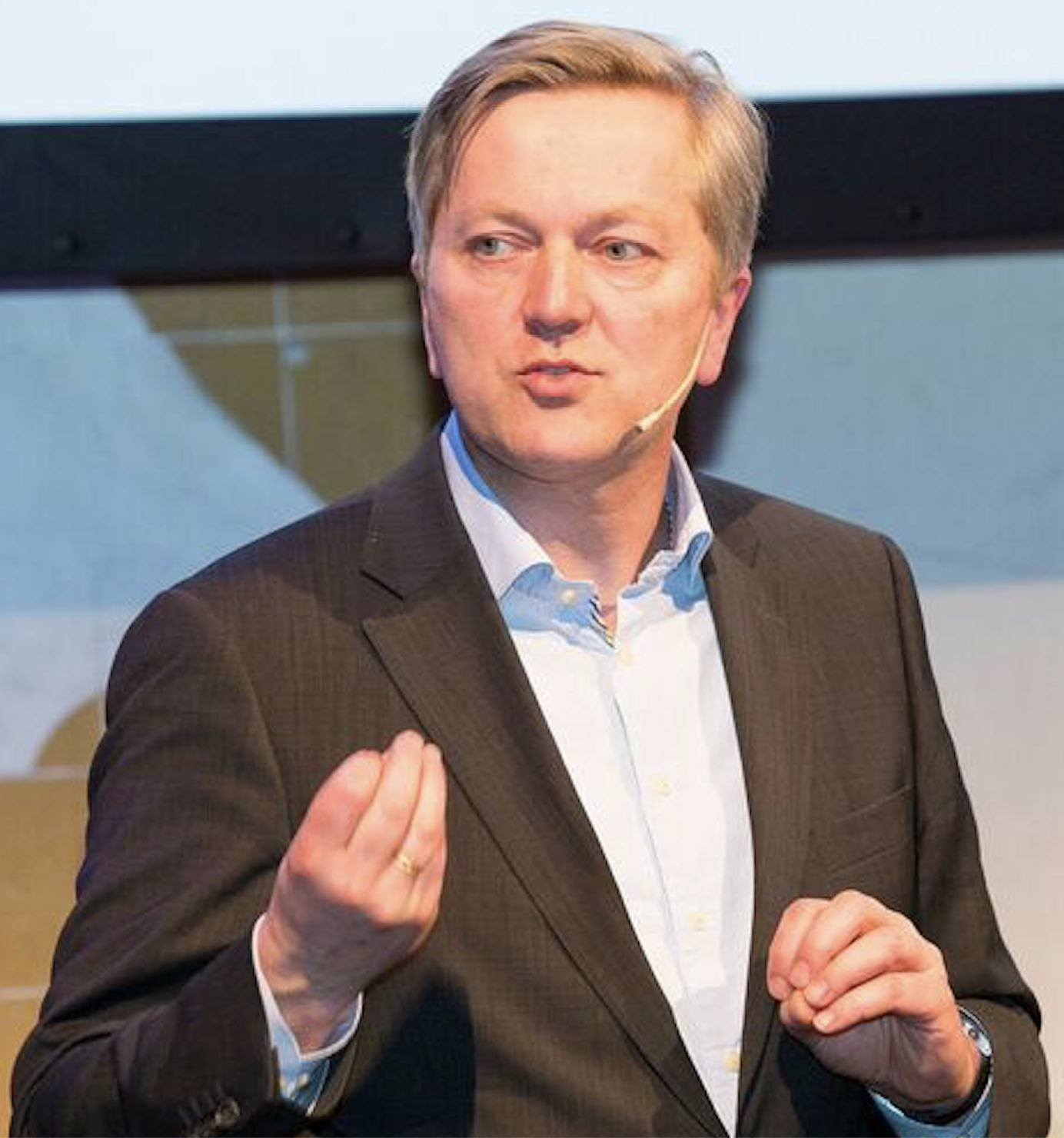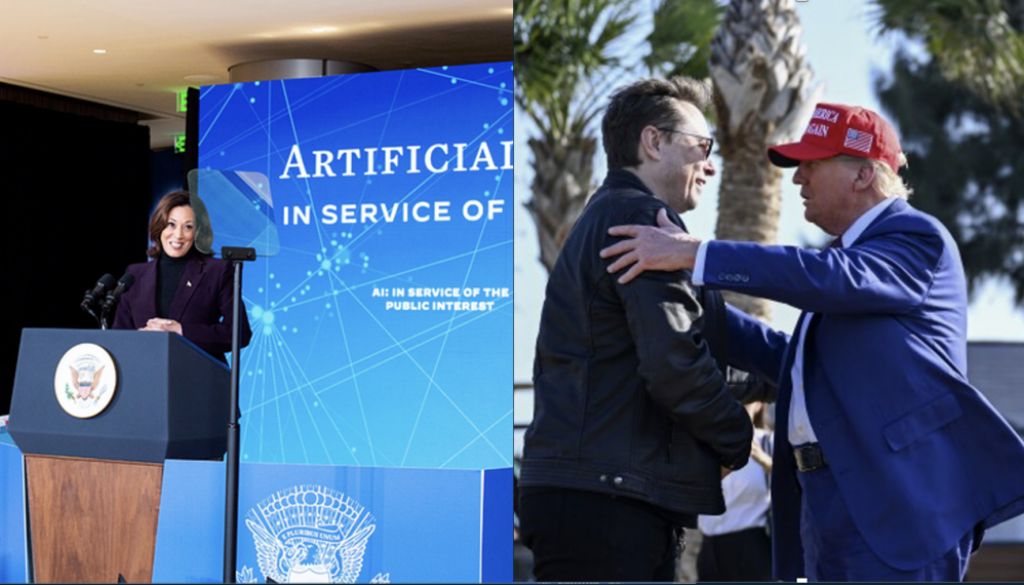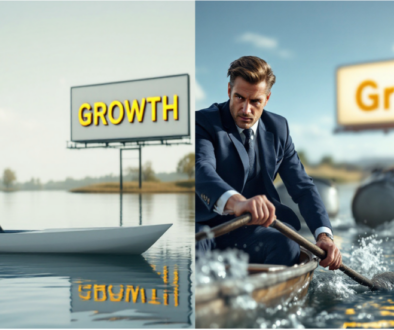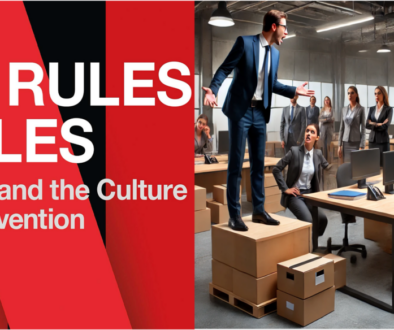Lesson from change management and U.S. elections: The route to peaceful coexistence isn’t more information but better thinking
On a day like today with the U.S. presidential inauguration, many people reflect on what the future holds and how we got here, after an election that was characterised by highly emotional debate, finger pointing and little focus on commonalities between two sides.
Change management practices in organisational environments show a way forward, for example experiences in factories that have a history of low trust, opinionated relation between management and workers.
Following the election many seek the root cause of the breakdown of civil debate. Some point to social media platforms like Facebook, whether fact-checked or not, that aren’t ideal spaces for constructive, logical discussions about how to improve society.
Like the ancient Greeks, many look for logos—reason and logic—as the best way to solve problems and live peacefully together. Modern technology, like AI and improved access to information, should, in theory, make it easier to have logical, fact-based discussions.
Oddly enough, having more information has recently often led to the opposite: emotional, quick decision-making instead of rational debate. Why does this happen?
Logical vs. practical decision making: They can both be rational.
My son recently wrote a master’s thesis on human decision-making. He pointed out that making purely logical decisions takes a lot of time, energy, and information—often more than people can realistically manage.
Take something simple, like buying a comfortable sweatshirt. To fully evaluate every option would take far too long. Instead, people rely on shortcuts, like buying the first one that meets their needs. This approach, called heuristic decision-making, is faster and often more practical.
Logical rational decision makers want to weigh facts and data, which seems the most rational way to find sweatshirt comfort for minimal costs. Practical thinkers rely on habits or shortcuts that have proven to work in the past, posing a risk that the sweatshirt chosen might not be optimal. However the practical decision approach saves time, effort, and makes life more enjoyable—just like a comfortable sweatshirt could. It can be very rational to choose a practical and not a logical approach.
U.S. Election
The effect of information overload on choice between logical rationality vs. practical rationality also played out in the elections. When there’s too much information, the effort of sorting through it pushes more people toward quick, habitual choices.
In the last U.S. presidential race, both sides accused each other of spreading fake news. The more fact-checkers and reports the losing candidate provided, the more overwhelming it became for voters to process. Ironically, this flood of information made emotional, heuristic decision-making—like relying on gut feelings or habits—more appealing. The winning candidate focused on simple, emotional messages, while the losing candidate focused on logic and facts, unintentionally making her opponent’s strategy more effective.
As AI and technology continue to expand the amount of information available, the move toward quick and habitual decisions will likely accelerate. People will face even more data, making quick, emotional decisions feel more practical. Social media will also keep connecting like-minded people, reinforcing group habits and pushing them further away from logical debate. In the end a society will not improve if people don’t connect and if decisions are made based on the effort to make the decision rather than the effect in reality.
Change management
There is a strong parallel with change management in an organisation. A parallel is especially clear in the situations of information overload and work pressure on the floor vs. the logical and scientific analysis by the management. People cope by clinging to habits, change is hard to effect, even if they would genuinely improve lives of everyone.
One method that has proven its merits to turn around such situations is ‘lean’, the classic Japanese methods of improving factory performance. The ‘lean’ approach solves the dilemma between habits and logic by creating a growing set of logical experiences—objective, logically explained improvements, usually found by the operators, not the management.
If you go to many retailers, or restaurant chains, there are boards on the wall that share the activities and performance of the location with the employees, with insights and ideas for small changes and improvements and how they link with overall performance. The info is basic and owned by the team. These boards are a base for a common language and conversation on how to create a good working environment and a well performing business. They instil habits of the way the teams solve issues, small and large. Boards in societal debate tend to be different, stacked with large sets of data and thick reports.
If we value the role of logical, scientific truth in public debate, instead of simply adding more facts, we need to build habits of logical thinking. This could mean creating shared examples of cause-and-effect relationships that everyone can agree on—things that are relevant. Over time, this could strengthen the role of logical decision-making in daily life, much like successful business practices in ‘lean’.
The goal isn’t just more information but better thinking. And that starts with making logic part of how we act—not just how we argue.
This blog post was edited with the assistance of Le Chat by Mistral, a European AI language model
Register below to get regularly inspirational posts on growth strategy and implementation.




